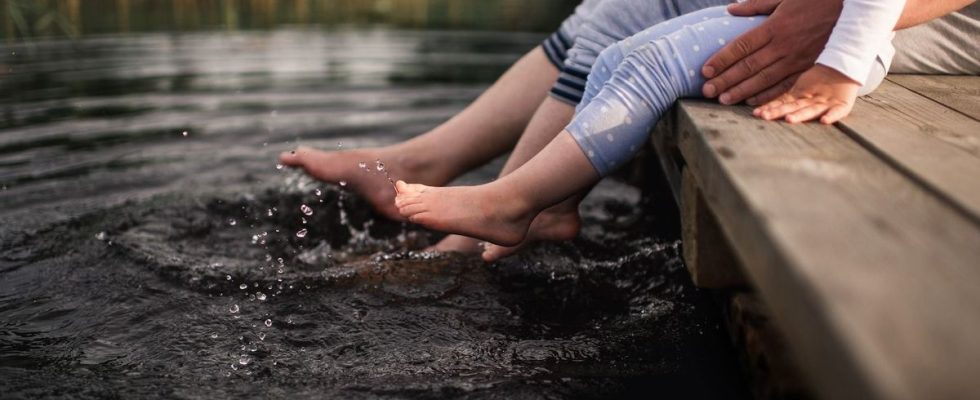Published on
Updated
Reading 2 min.
in collaboration with
Amélie Boukhobza (Clinical psychologist)
Medical validation:
October 22, 2023
If happiness is a state of mind, or even a permanent quest, a few practical tips, inspired by the Finnish way of life, allow you to learn to be “happier” on a daily basis. The opinion of Amélie Boukhobza, clinical psychologist, on these lifestyle habits.
For the sixth year in a row, Finland has been named the happiest country in the world, inspiring us in our quest for well-being. A lesson in happiness, which can be summed up, according to the Finns, in three key habits.
Nature above all
For Finns, the first way to achieve happiness is to reconnect with nature. Walking in a park, in the forest or near a lake contributes to their mental well-being. And for good reason: nature provides soothing sensory stimulation that reduces daily stress. A good habit, easy to apply.
“Connecting to nature is an interesting habit to the extent that nature surpasses us and helps us calm down. And the connection to your own body. It’s a “breath” in our daily lifeconfirms Amélie Boukhobza.
Appreciate what you have
Another Finnish habit is to detach ourselves from our desires. Instead of always wanting more, being frustrated by what we don’t have, the idea is to fully appreciate what we do have and which is enough for us.
“Being satisfied with what you have is a good thing, but you still have to get there. How to do ? Come back to reality to realize it! To be happy is to recognize and appreciate the small details, it is to share with the people you love, it is to savor the smallest drop“, relates the clinical psychologist.
Good in his body, good in his head!
Take care of the quality of your environment
Finally, the Finns attach great importance to the quality of their direct environment. The idea here is not to collect the latest trendy furniture, but rather to invest in durable items. This way of seeing things allows them to promote craftsmanship and home-made products; but also to be aware of their environmental impact.
If for Amélie Boukhobza all these practices are one way among many others to achieve happiness, she adds “qBeing happy is also a risk to take: trials, endangerments, traveling, building, moving forward… a battle against many small events, a daily fight against our bad inclinations.”
Before concluding : “Being happy remains a complex ballet of intertwined emotions, moments and perceptions. Because to be happy is also to be torn and filled with waves in the soul, these are unexpected detours sometimes sunny, sometimes less.”

